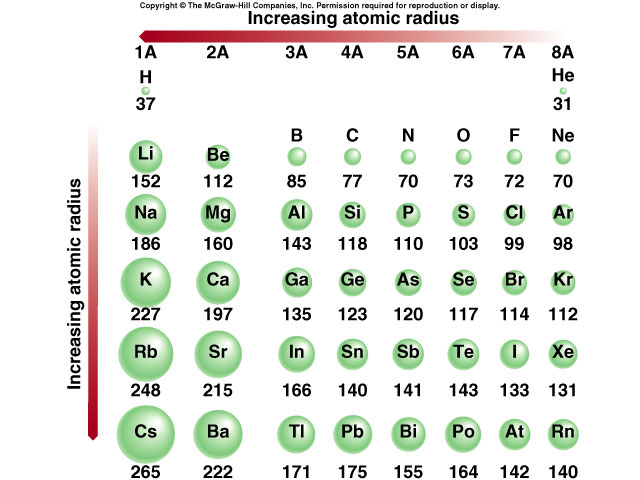
Using microfabrication techniques learned from the CSAC, the group fabricated a chip-scale atomic beam device using a stack of etched silicon and glass layers. What if we could combine the best aspects of these two systems?” “Beam clocks have been around since the 1950s and are stable, but still need a lot of power. It’s a wonderful device, but it does drift after running for a few thousand seconds,” said William McGehee, a physicist at NIST. “The CSAC is low-power and has high performance given its size. However, the clocks’ timekeeping tends to drift when temperatures shift and the gas surrounding the atoms degrades.

CSACs have found numerous applications in underwater oil and gas exploration, military navigation, and even telecommunications. These clocks consume very little power and can run on batteries to provide timing in critical situations where GPS can’t reach. Advances in microfabrication techniques let NIST make vapor cells, tiny chambers where the clock’s atoms are held and measured, the size of a grain of rice the entire clock is about the size of a piece of sushi. For comparison, smartphones require about a third of a watt for typical operation.Ĭhip-scale atomic clocks (CSACs) were developed by NIST in 2001. Smaller commercial clocks about the size of a briefcase are common, but they still require a significant amount of power (about 50 watts) to run. The vacuum chambers where the atoms travel are key to the success of these clocks, but they’re bulky in part due to the size of the microwave cavity used to probe the atomic “ticking.” The vacuum chamber for NIST-7, the last beam clock used for the primary frequency standard in the U.S., was more than 2.5 meters or 8 feet long. Beam clocks are precise, stable and accurate, but they’re currently not the most portable. For decades, beam clocks were used to keep the primary standard for the second, and they are still part of NIST’s national timekeeping ensemble.

NIST has been using atomic beams for timekeeping since the 1950s. At one end of the chamber, the atoms are set in a specific quantum state, and they start “ticking.” At the other end their ticking rate is measured or “read out.” Using the atoms’ precise ticking rate, other clocks can be compared to atomic beam clocks, and adjusted to match their timing.

These clocks send a beam of atoms through a vacuum chamber. Their work has been published in Nature Communications.Ītomic clocks take many forms, but the oldest and one of the most prominent designs is built using atomic beams. Researchers at the National Institute of Standards and Technology (NIST), in collaboration with researchers from Georgia Tech, have made the first-of-its-kind chip-scale beam clock. A new type of miniature atomic clock could provide better timing over the span of weeks and months compared with current systems.


 0 kommentar(er)
0 kommentar(er)
